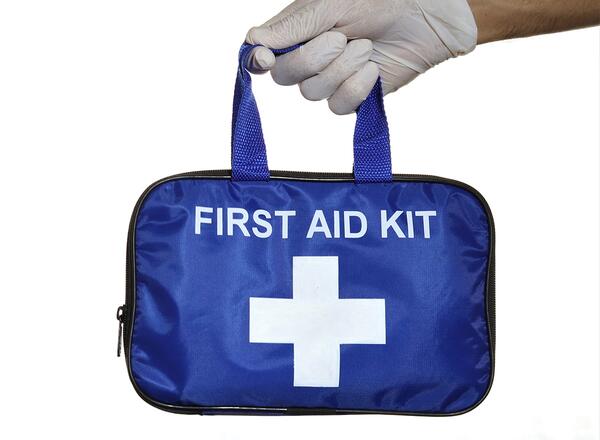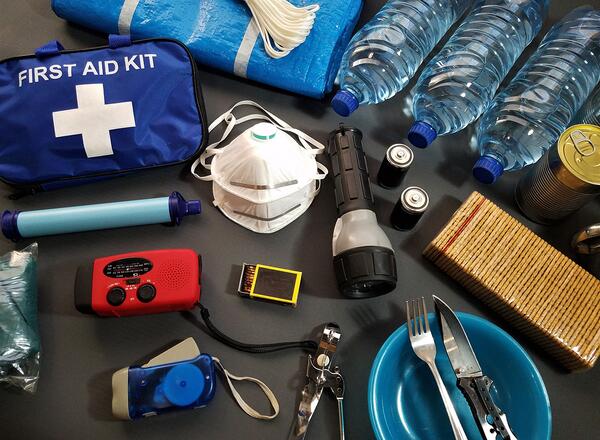
Seasonal disasters like tornadoes, hurricanes, forest fires, and flooding are all too common. Disasters may mean you have to leave your home for a period of time. Being displaced from your home is never easy. Having diabetes places an extra burden in these situations.
Sometimes, there is little or no warning of an upcoming disaster. Making a plan can prevent sometimes life-threatening conditions. Wear a medical I.D. bracelet to identify that you have diabetes. Designate a meeting place for your family.
Evacuation, or a sudden change in your usual living situation, may not allow time to gather all your diabetes medications and supplies.
